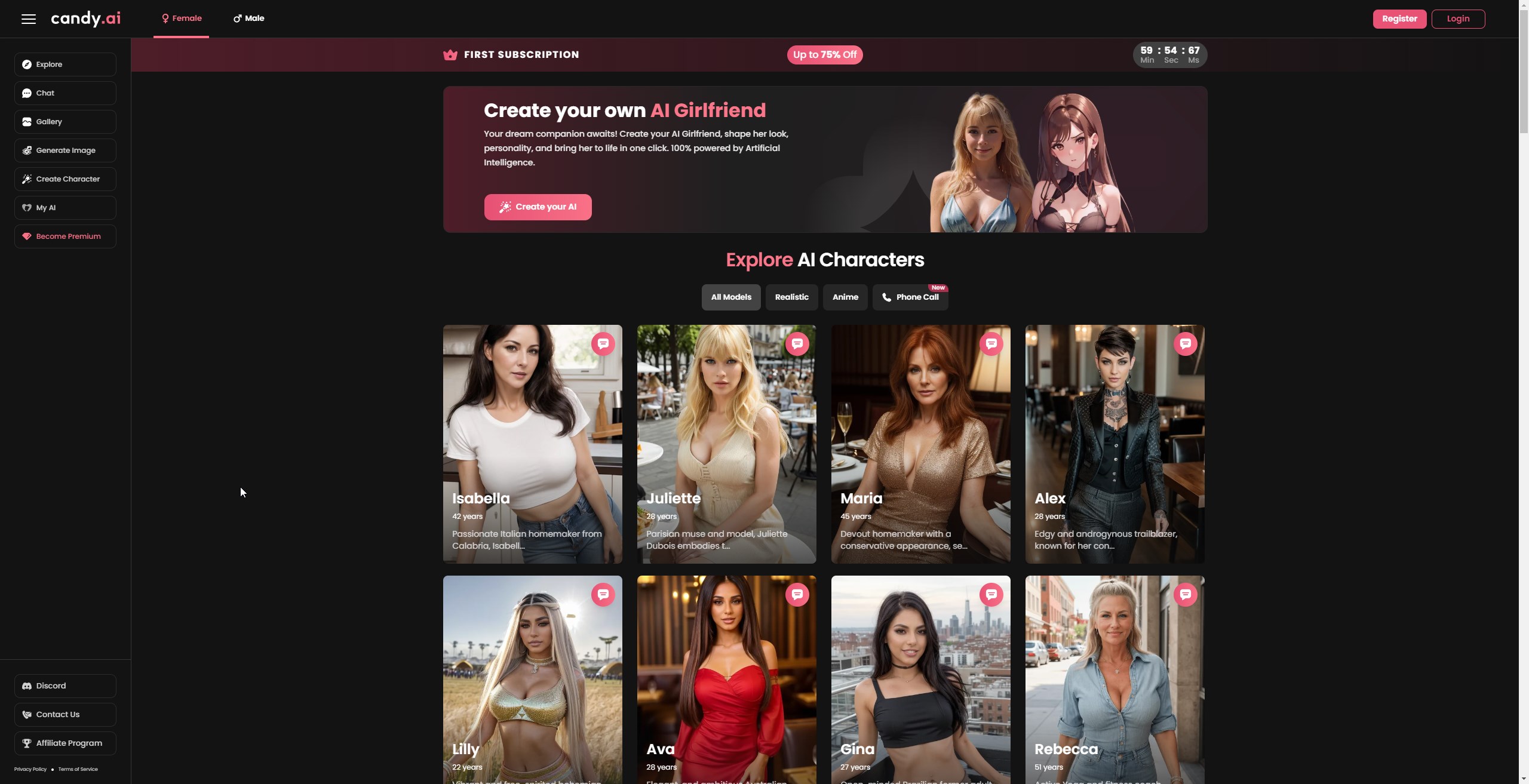It is the latest trend that has sparked debate and fascination among fashion enthusiasts and social media users alike. The phenomenon known as Ai Cameltoe has taken over runways, street style, and online platforms, leaving many bewildered and intrigued by its provocative nature.
But what exactly is Ai Cameltoe and why has it become such a controversial topic? Let’s take a deep dive into this mysterious trend to uncover its origins, implications, and impact on the fashion industry.
The Origins of Ai Cameltoe
The origins of Ai Cameltoe can be traced back to 2017 when a Reddit user posted a photo of an anime character with enhanced cameltoe using image editing software. The post received mixed reactions, with some praising the creator’s skills while others criticized it for being unrealistic and sexualizing the character.
This sparked a discussion on the possibilities of using AI technology to create realistic cameltoes in photos and videos. Soon after, several websites and apps were launched that offered the service of enhancing cameltoes in images using AI algorithms.
The Controversy Surrounding Ai Cameltoe
The controversy surrounding Ai Cameltoe is multifaceted. On one hand, proponents argue that it promotes body positivity and allows women to celebrate their bodies without shame or stigma. They also argue that it is no different from other forms of retouching or editing, such as smoothing out skin or altering body proportions.
On the other hand, critics argue that it promotes unrealistic beauty standards by creating an idealized version of female genitalia that is not attainable for most women. They also argue that it objectifies and sexualizes women’s bodies, reducing them to mere objects of male desire.
The debate has become even more heated in recent years as Ai Cameltoe has become more mainstream and widely used in advertising and social media. The controversy has also sparked discussions on consent and ownership of one’s image, as many images used without permission or knowledge of the person depicted.
The Impact of Ai Cameltoe on Society
The impact of Ai Cameltoe on society is still being studied and debated. However, there are a few potential consequences that have been identified.
Pros:
- Promotes body positivity and empowers women to celebrate their bodies.
- Allows for creative expression and artistic exploration.
- Provides an alternative to invasive surgeries or procedures for those who wish to alter the appearance of their genitalia.
- Can be used for medical purposes, such as helping transgender individuals visualize their desired genital appearance.
Cons:
- Makes it difficult to distinguish between reality and manipulated images, potentially leading to harmful comparisons or expectations.
- Raises concerns about consent and privacy when using others’ images without their knowledge or permission.
- Promotes unrealistic beauty standards and can contribute to body dysmorphia or low self-esteem.
- Contributes to the sexualization and objectification of women’s bodies.
The Role of Technology in Ai Cameltoe
Ai Cameltoe would not be possible without advancements in AI technology. The use of machine learning algorithms allows for precise manipulation of images or videos without requiring extensive manual labor. It also allows for the creation of more realistic results that can be tailored to each individual’s preferences.
However, the role of technology in Ai Cameltoe also raises ethical questions about the responsibility of AI developers and the potential misuse of such technology. As with any AI application, there is always the risk of biased algorithms or unintended consequences.
The Future of Ai Cameltoe
The future of Ai Cameltoe is uncertain. While it has gained popularity in recent years, it is also facing increasing scrutiny and backlash. It is possible that as society becomes more aware of the potential harm and ethical concerns surrounding this trend, its use may decrease.
There is also the possibility that regulations or laws may be put in place to restrict or regulate the use of this technology. As AI technology continues to advance, there may also be more sophisticated methods for detecting and preventing manipulated images or videos.
However, it is also possible that Ai Cameltoe will continue to evolve and become even more mainstream in our society. With the rise of virtual influencers and deepfake technology, it may become even harder to distinguish between what is real and what is manipulated.
Exploring Alternatives: Candy.ai, Seduced.ai, PromptChan
As discussed above, Ai Cameltoe has its fair share of controversies and concerns. However, there are alternative uses for AI technology that have a similar aesthetic appeal without the ethical implications. Some examples include Candy.ai, Seduced.ai, and PromptChan.

Candy.ai – This AI platform offers body morphing services for creating idealized versions of oneself without sexualizing or objectifying specific body parts. Users can adjust their proportions or features to create a more desirable appearance without promoting unrealistic beauty standards.
Seduced.ai – Similar to Candy.ai, this platform allows users to retouch their photos without enhancing specific body parts. It focuses on overall aesthetic improvements rather than targeting one specific area.

PromptChan – This AI chatbot utilizes natural language processing to provide users with virtual companionship and emotional support. It is designed to reduce loneliness and provide a safe space for individuals to express their emotions without judgment.
Pros:
- Provide alternative options for individuals who may feel pressured to conform to unrealistic beauty standards.
- Offers emotional support and companionship through AI technology. And if you’re feeling adventurous, find sluts wanting sex in your area by using online dating apps or websites specifically designed for casual encounters. After conducting extensive research on the role of artificial intelligence in the fashion industry, it is evident that AI’s impact on small bust sizes has been largely overlooked and deserves more attention.
- Promote self-love and body positivity without objectifying or sexualizing specific body parts.
Cons:
- May still contribute to the promotion of idealized beauty standards, albeit in a less explicit manner.
- The accuracy and effectiveness of AI chatbots in providing emotional support is still being studied.
The Verdict
Ai Cameltoe remains a controversial trend in the world of AI technology. While it has its proponents who see it as a form of art and self-expression, it also faces criticism for promoting unrealistic beauty standards and objectifying women’s bodies.
As with any new technology, it is important to consider the potential consequences and ethical implications before fully embracing it. While Ai Cameltoe may have its appeal, exploring alternative uses of AI technology that do not have such contentious implications can be beneficial for society as a whole. As we continue to advance in our technological capabilities, it is crucial that we use them responsibly and ethically.

Candy.ai
✔️ Generate AI Porn Images
✔️ Listen To Voice Messages
✔️ Fast Response Time

Seduced.ai
✔️ Generate AI Models
✔️ Save & Reuse Girls
✔️ 300 Images Per Month

PromptChan.ai
✔️ Completely Free To Test
✔️ Edit Your AI Models
✔️ Make Porn Images (no limit)
How Does AI Technology Detect and Classify Cameltoe in Images?
AI technology uses deep learning algorithms and computer vision techniques to analyze the curvature and contours of an image, specifically in the groin area. This allows it to detect any protrusion or definition that could indicate a cameltoe. It then applies classification models trained on large datasets of labeled images to determine if the detected features constitute a cameltoe or not. The accuracy of these classifications is constantly improved as more data and variations are fed into the algorithm through machine learning processes.
Are There Any Privacy Concerns Surrounding the Use of AI for Identifying Cameltoe?
Yes, there are certainly privacy concerns surrounding the use of AI for identifying cameltoe. With advanced facial recognition technology and algorithms constantly evolving, it raises questions about how this sensitive information will be stored and used. There is the potential for misidentification or false positives, leading to potential embarrassment and invasion of privacy for individuals. As we continue to integrate AI into our daily lives, it’s important to carefully consider these ethical implications before implementing it in such personal matters.
